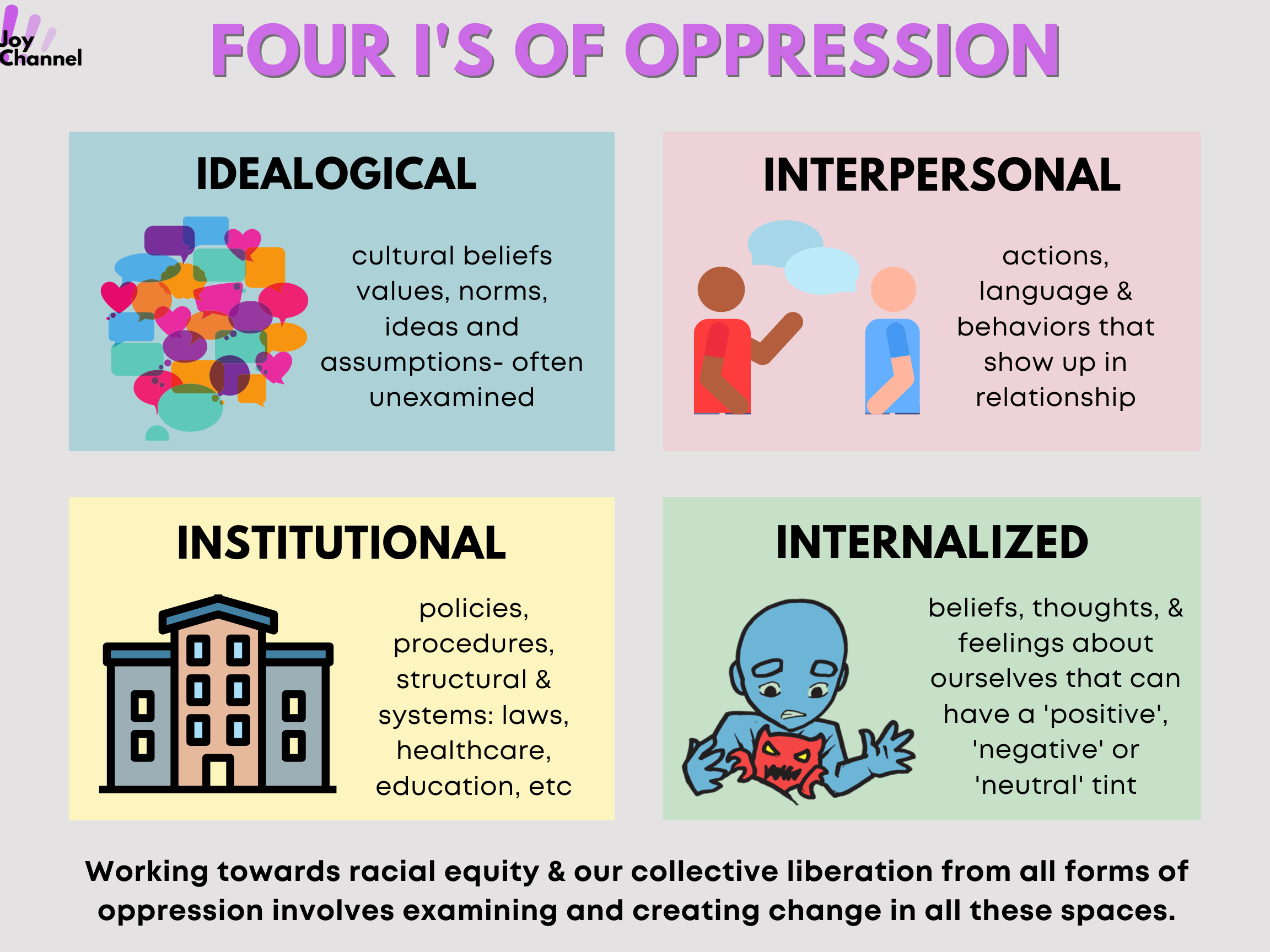For my blog #6, I am going to be using connections from What to Look for In a Classroom by Alfie Kohn.
Growing up as a kid, I was very fortunate to have such a good education and a good learning environment. I had good connections with all of my teachers and my friends, and I really enjoyed going to school. This was really easy for me to connect to, and I feel as though I had the "ideal" classroom. Kohn stated, "chairs around tables to facilitate interaction". I could really connect to this because growing up as a kid and even now in our class, I feel as though there is more interaction when we are all close to each other at the same table rather than sitting in rows or by ourselves. Kohn then goes on to say the location of the teacher should be "typically working with students so it takes a few seconds to find her." I thought that this was really important, and it stood out to me the most due to the fact that the teacher is interacting with the students one on one to help them get a better understand and learning. I also liked how Kohn talked about how the teacher should be respectful and welcoming and should have a eager to demonstrate and teach the students what they are doing if they don't understand. Attached HERE, you can see more details and find more information about what an effective teacher's classroom should look like. In class, I would like to talk about how important it is for all students in the class to contribute to the conversation and to feel welcoming. I would also like to talk about the things in a school that attract the students into wanting to learn more and the certain things that makes them want to show up.
Attached here is an image of what it seems to be an elementary class and you can see how decorative the walls and the room is in general which causes the students to be more attracted to it. You see posters, a lot of toys, a colorful carpet and several colors that all draw attention to young students in a classroom. You can also see how there are several chairs at one table, so the students are facing each other and forced to talk to each other more rather than sitting by themselves.



